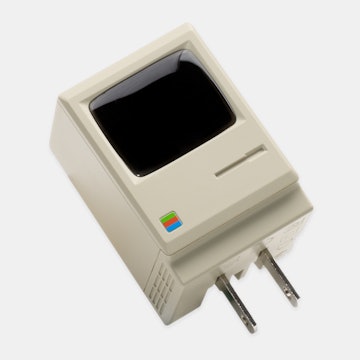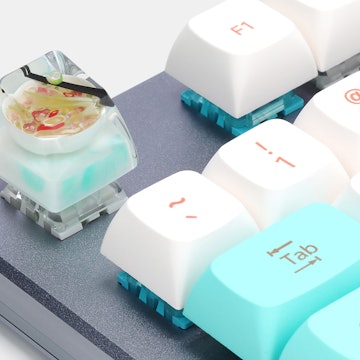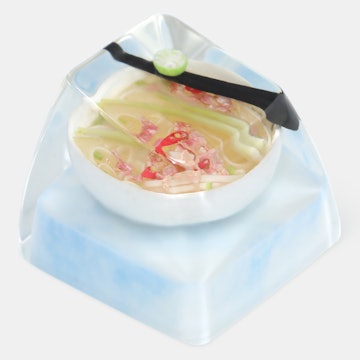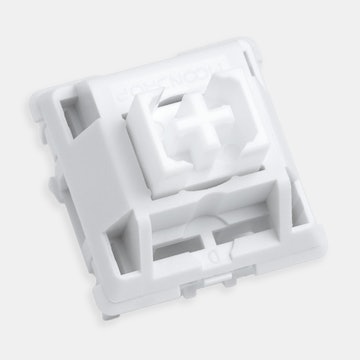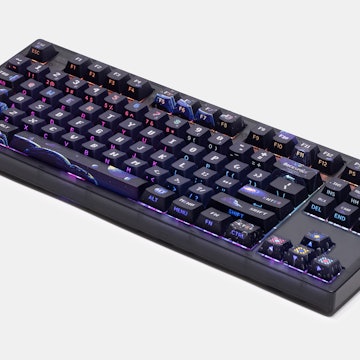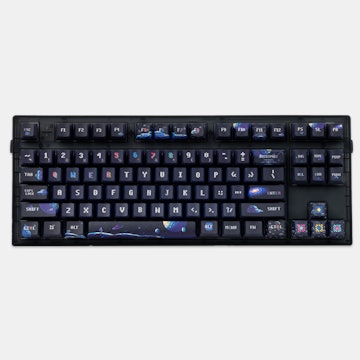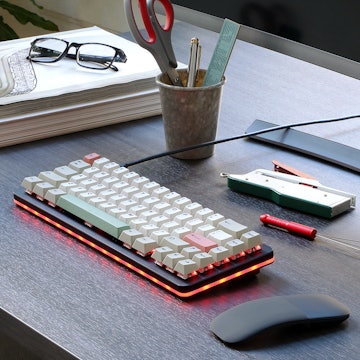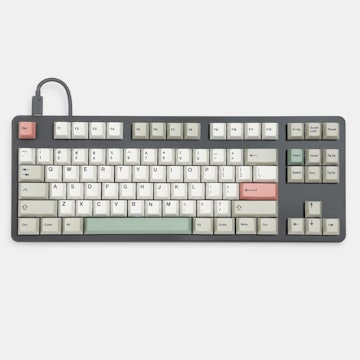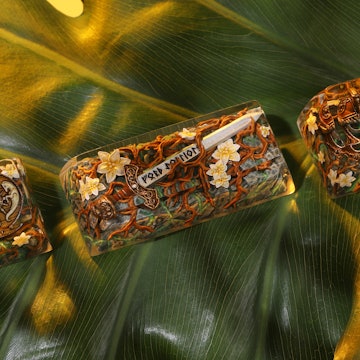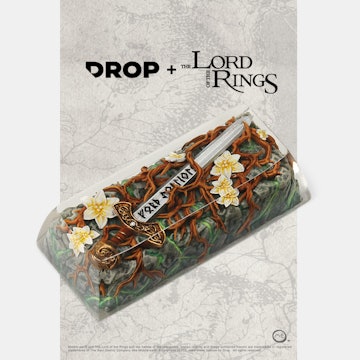Click to view our Accessibility Statement or contact us with accessibility-related questions


Showing 1 of 131 conversations about:

tskiller
177
Mar 4, 2016
bookmark_border
I'm new to fountain pens. I only have an AL-STAR and some faber carbon black ink. What makes this ink so much more expensive? is it because its coming from overseas? Or is there something special in the ink?

Nightharper
41
Mar 4, 2016
bookmark_border
tskillerThe hype and inaccessibility of this ink. They're considered as premium and somewhat limited edition (quantities). I'm not quite ready to throw 40€ for a bottle of ink. It's even more than Caran d'Ache bottles...
GlennB
23
Mar 11, 2016
bookmark_border
tskillerWelcome to the world of fountain pens! Good luck with the hobby! If you do enter the drop, I'll be curious to hear your opinion of the inks. What nib are you using with the Lamy, and what paper(s) do you tend to use? The Faber line of inks are also quite nice - the bottles are a big expense, but damn they look good :-)
One of the most appealing characteristics of these inks is their shading. i.e. a noticeable difference in intensity along a pen stroke. Example: as I write letters with a shading ink, the beginning of a pen stroke will end up being lighter in colour, whereas the end of the pen stroke and the turn-around portion of a letter (like the bottom half of the letter 'a') will be darker, since more ink is pooling there. Many inks will give you some shading if your nib is laying down a lot of ink and the paper is not very absorbent (thus giving the ink more time to dry)... example, I'm jotting notes at the moment on a yellow post-it pad with a lamy Al-Star that has a broad tip, using Montblanc's Mellow Yellow ink. Surprising amount of shading! If I was using a fine or extra fine nib, all else the same, the shading would be less noticeable with this combination. Using a carbon black ink, shading would be even harder to discern, although there are some very nice black inks that provide beautiful shading. Some inks, like many from J. Herbin, are so watery that shading happens easily with them - BUT, I also find that Herbin inks do not stand up well to time. Those inks often fade. The Bungobox inks offer good shading characteristics (much better than most inks), AND they don't tend to fade nearly as quickly as many inks. So that speaks generally to their desirability.
As to their cost - it comes down to volume, is my guess. These are not generally available outside of Japan because they don't make enough of the stuff. Unlike a Lamy ink, or even a premium ink like Caran d'Ache (where the bottle no doubt accounts for up to half of the cost), these are small batch inks. I have no idea whether the raw ingredients of the inks contribute to the cost. If I extrapolate from my understanding of photographic inks, I would say it isn't unreasonable to guess that this does indeed account for some of the price difference. It is harder to formulate an intensely-coloured ink that does not fade or separate.
Other companies have a dizzying variety of ink colours. Some of those inks are good. Some, not so much - clogged nibs, stained caps, or writing that has faded noticeably in less than a year. The bungo-box line have some unique colours, and good characteristics (they behave well in all pens, and they don't fade anywhere near as quickly). Many people who enter the world of fountain pens find the variety of ink colours to be very attractive. Yes, even the variety of black inks :-)

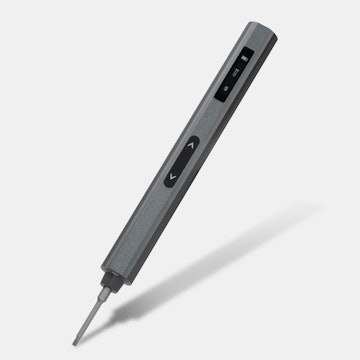
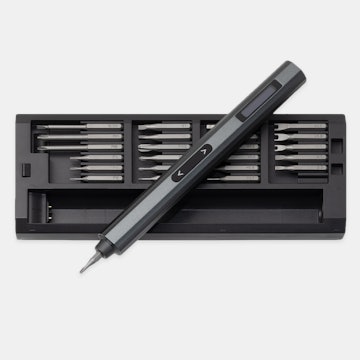
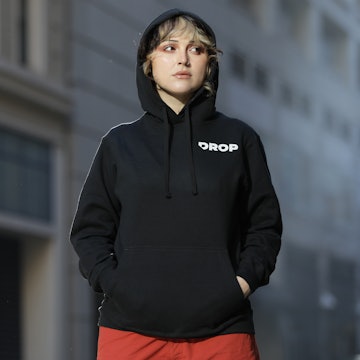
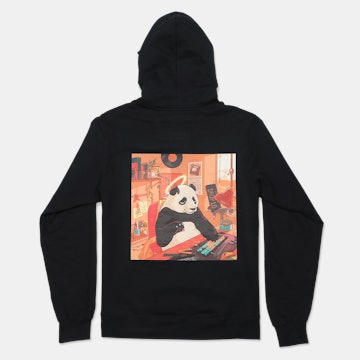
.gif?auto=format&fm=gif&fit=crop&w=360&h=360&bg=f0f0f0&fill=solid&fill-color=f0f0f0&dpr=1&q=70)
